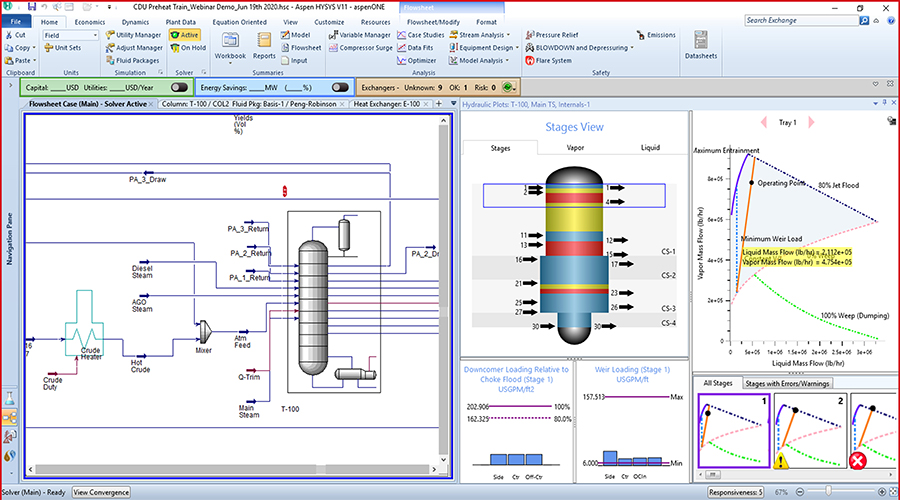Realising the hydrogen ambition
Published by Bella Weetch,
Editorial Assistant
Hydrocarbon Engineering,
To achieve the Paris Agreement’s goal of limiting global warming to 1.5°C, a significant global acceleration towards the decarbonisation of economic activities is clearly required. A net zero pathway can only be achieved by adopting a range of sector-specific and cross-sector technologies. In applying these technologies, energy efficiency is the overarching selection criterion in order to decarbonise each energy end use.
For some applications, the most efficient pathway to achieve net zero emissions is by direct electrification, as in the case of private and public transport. However, in hard-to-abate sectors such as the chemical, cement and steel industries, or niches such as heavy transportation vehicles, the use of low-carbon hydrogen will play a key role. It is estimated that 50% of the total energy mix for the energy transition will be provided by green hydrogen molecules. The main advantage of hydrogen is its versatility, as it can be used directly as feedstock, or transformed into green fuels, gases, or chemicals.
Hydrogen demand development
Hydrogen demand is expected to experience steady growth until 2030, and should then accelerate significantly as hydrogen transport infrastructure is made available and more ambitious climate change policies take hold, spurring greater hydrogen market development. The following three hydrogen demand trajectories can be distinguished, as illustrated in Figure 1:
- A low ambition trajectory overcoming the 2.3°C global warming level.
- A medium ambition trajectory resulting in global warming levels between 1.8 – 2.3°C.
- A high ambition trajectory of under 1.8°C global warming, which would align with the Paris Agreement targets.

Range of hydrogen demand assessment by 2050 (source: World Energy Council).
The estimated hydrogen demand figures for 2050 vary significantly, ranging from 150 to 600 million t. The wide range of hydrogen demand estimates results from the differing underlying assumptions regarding the technologies used, e.g. the continued use of natural gas, efficiency improvements, direct electrification, or carbon capture and storage (CCS). The less ambitious scenarios only see a small and almost linear growth in hydrogen demand, with the continued use of natural gas, and estimate that it will vary between 150 – 200 million t in 2050. The scenarios with medium climate ambitions identify a range between 160 – 490 million t by 2050; scenarios for higher ambition climate goals estimate demand to range between 200 – 600 million t by 2050. The latter takes into account higher hydrogen demand in the hard-to-abate sectors, such as steel or chemicals, substituting current grey hydrogen and new demand generated by new applications and/or products ...
Written by Prof. Juergen Peterseim and Dario Galvan, PwC Germany.
This article was originally published in the Spring 2022 issue of Global Hydrogen Review magazine. To read the full article, follow this link to register for a free trial subscription of the magazine.
Read the article online at: https://www.hydrocarbonengineering.com/special-reports/12052022/realising-the-hydrogen-ambition/
You might also like
The Hydrocarbon Engineering Podcast - Education and training for every phase of the insulating system design process
In this episode of the Hydrocarbon Engineering Podcast, Brandon Stambaugh, Owens Corning Director for Technical Services, joins us to discuss engineers’ demand for education and training to support the critical phases that affect the performance and longevity of insulating systems.
Tune in to the Hydrocarbon Engineering Podcast on your favourite podcast app today.

